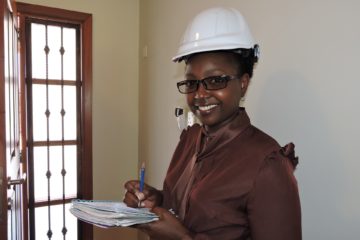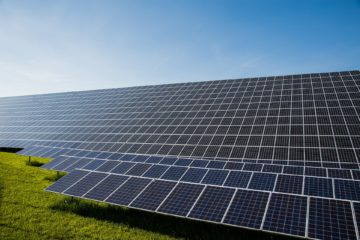Before installation of your green building project begins, you’ll need to prepare with some pre-installation planning. In this article we will cover everything that needs to be planned out before you break ground: Site and material preparations, conveyance methods, staging, and scheduling.
Site and Material Prep
For projects in existing buildings, site preparation will take much more time and effort that simply working from the ground up. It is important that contractors coordinate with existing facilities operations in the early planning stages and communicate properly any needs or issues that may arise. Generally speaking, it is best that a liaison from the general contractor’s team work directly with building operations, as well as surrounding neighbors, to ensure the construction goes smoothly.
Sourcing and preparing materials, especially for green building projects, can be a uniquely challenging task. Since origin and performance standards for green building materials often play a role in the overall sustainability of a project, finding the appropriate materials that meet those standards within your local region can at time be challenging. In the initial design phase, designers will select and choose the appropriate materials for the job. It is important that the owner and/or contractor doesn’t employ “value engineering,” which is to replace the selected materials with a cheaper alternative. If budget concerns arise, working with your designer to select appropriate alternatives that are more economical will generate better results.
Conveyance Methods
Especially the case with green roofs, solar arrays, and tall buildings, it is important to choose the appropriate conveyance methods to get your materials in otherwise hard to transport places. In other words, how will you get all your construction materials to the appropriate spot? Working with the various trades to understand the materials and the best way to handle them is important, but keep in mind your staging area may be limited, as well as any local ordinance limitations. Whether it be a forklift or a large crane, careful handling of vegetation and renewable energy technology is your greatest concern.
Staging and Scheduling
Staging involves properly coordinating how materials will be delivered, and where materials will be stored on site. This involved careful consideration, because you will need to ensure that you have enough workers to handle what materials exist on site, while also ensure you have enough materials to keep your workers working. It is an important balance that may need some tweaking during construction. Many of your subcontractors will handle staging to a certain extent, but you may be required to provide them with the space they need. If your project is in an urban area, staging locations may be limited.
Just as ensuring you have enough room and are using space wisely, you must also ensure that you have enough labor and are using timing wisely. Scheduling the shipping of materials, stages of materials, labor force, and coordinating among various trades will be essential to the efficiency and timeline of the project.
Make sure you have all the planning documents accessible to everyone involved. Usually the general contractor will communicate to the subcontractors during the scheduling process. As we discussed in the previous article, pre-training can facilitate understanding of the scheduling and staging process, as well as create channels of accountability if the project goes off-schedule. Hiring an expert in green building practices can help you facilitate everything that goes into your green building project. For more information, contact Sow Green today and we can help you break ground on your next green building project!


